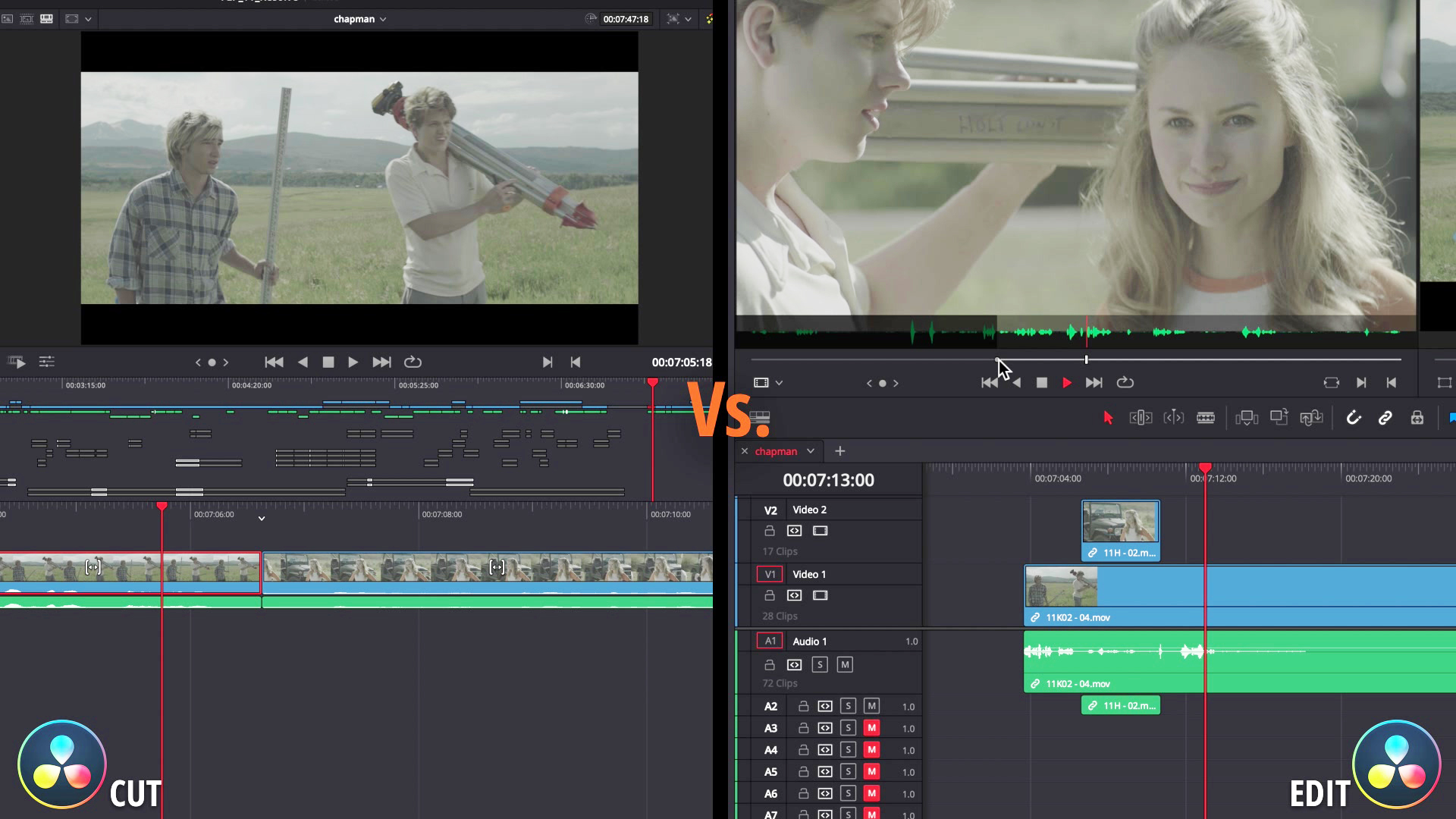

The price of Resolve now matches Final Cut Pro X at $299, significantly down from $999. DaVinci is also limited in how many file format and codec specification options editors have for outputs.

DaVinci does not support dynamic links to After Effects, and it requires high-performance computing power to work efficiently. Resolve also supports robust collaboration tools, allowing two editors to work on the project simultaneously. Like Final Cut Pro X, editors can cut audio at sub-frame and sample levels. DaVinci also features a full copy of Fairlight’s movie and TV audio postproduction software. The latest version offers a playback engine that is up to 10 times faster than previous versions. Resolve supports mili-camera editing features and works well with dual processors. Premiere Pro also includes titling templates.ĭaVinci on the other hand, offer superior color grading capabilities, but it has morphed into a full-fledged editing suite. Editors can easily import and export to Avid’s Media Composer. Premiere Pro includes multi-camera editing features, plus sophisticated color grading tools. Apple sadly discontinued support for all but the consumer-level X version of FCP. Users are reminded of Apple’s Final Cut Pro’s simple-to-use interface. Premiere Pro is also fully integrated with Adobe’s other Creative Cloud software, including: Photoshop, Illustrator, SpeedGrade, Audition, and most powerfully, After Effects.ĬC provides comprehensive video format support with mezzanine-level codecs, plus 8K and RAW file support.

While Premiere Pro is a highly respected, non linear-based picture editing platform. DaVinci has been well known as a robust color-grading and color-correction platform.


 0 kommentar(er)
0 kommentar(er)
